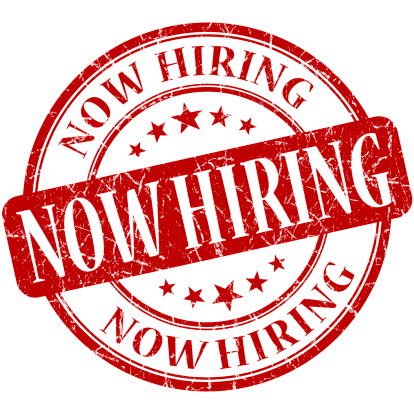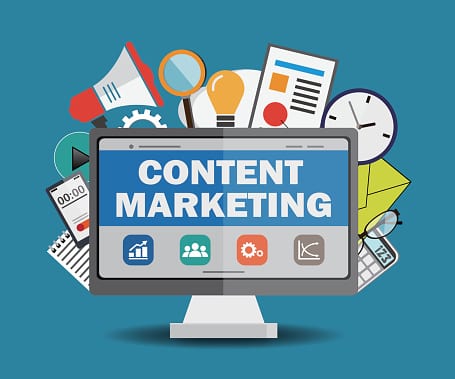Look No Further Than The World Wide Web For All Your Hiring Needs!
Does your company struggle with finding committed and loyal workers to hire? Are you tired of wasting your time on people that don’t represent your...
If the year was 1995 and you were to ask anyone, even a tech visionary, about what the workforce of the future would be capable of, they’d be hard pressed to arrive where we are now. Individuals in a wide variety of disciplines are working in ways that are more productive, more capable and more mobile than ever before. However, in many ways, modern-day workers are still held back by the technology and working habits of yesteryear. Landline phones, desktop computers and office cubicles are increasingly becoming things of the past. The future seems to be capitalizing on the three aspects mentioned above: productivity, capability and mobility.

The Digital Workforce’s Four Areas of Advancement
The advances in mobility, productivity and capability mentioned above will take place as a result of innovation in four sectors:
The workforce of the future will use these tools to automate the vast majority of business processes that do not need immediate human attention. This can include everything from logistics to scheduling; artificially intelligent digital assistants will perform mundane tasks and even resolve issues on their own when possible. It seems like the workforce of the future may consist of two broad categories of workers: Those who tell software what to do, and those who are told what to do by software.
{company} is the trusted choice when it comes to staying ahead of the latest information technology tips, tricks and news. Contact us at {phone} or send us an email at {email} for more information.


Does your company struggle with finding committed and loyal workers to hire? Are you tired of wasting your time on people that don’t represent your...

What Will the Windows 11 Experience Be Like? Windows 11 comes loaded with wide-ranging new features, such as a revamped start menu. You can also...

Creating interactive content is more than simply adding video to a web page of text. Learn what makes interactive content enticing to readers, and...

On Time Tech is an IT Support and Computer Services company serving California. We provide services to the areas in and around We know businesses like yours need technology support in order to run highly-effective organizations. Leverage pro-growth technology services for your company now.
© 2025 On Time Tech